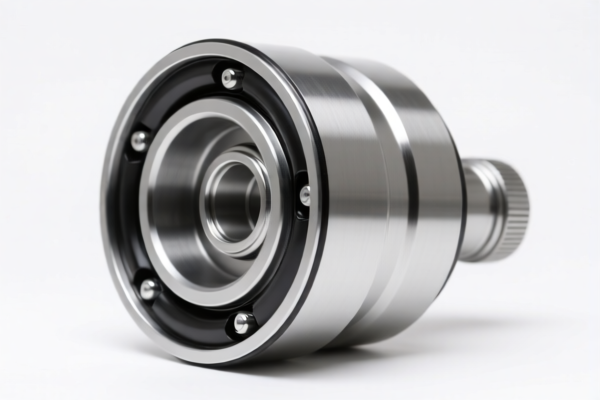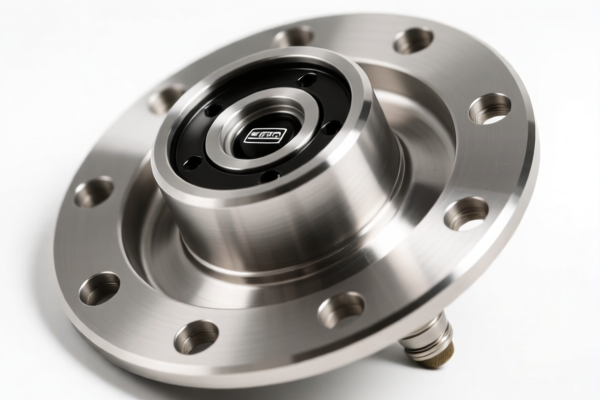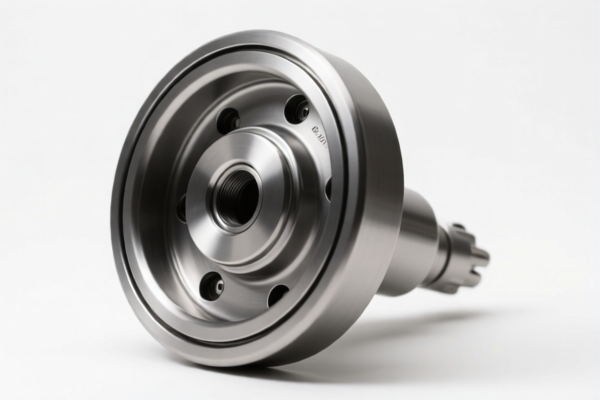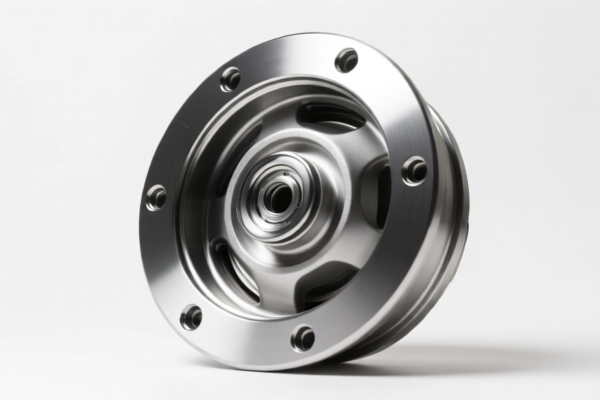| HS Code | Official Doc | Tariff Rate | Origin | Destination | Effective Date |
|---|---|---|---|---|---|
| 9620006500 | Doc | 57.9% | CN | US | 2025-05-12 |
| 9620007000 | Doc | 57.5% | CN | US | 2025-05-12 |
| 6507000000 | Doc | 55.0% | CN | US | 2025-05-12 |




Crutch
A crutch is a mobility aid used to assist ambulation, typically when an individual has difficulty bearing weight on one or both legs due to injury, illness, or disability. It transfers a portion of the body's weight from the legs to the upper body and arms.
Material:
- Aluminum: Lightweight and commonly used in modern crutches. Offers good strength-to-weight ratio.
- Steel: More durable than aluminum but heavier. Often used in adjustable crutches for increased stability.
- Wood: Historically common, but less frequently used today due to weight and potential for breakage. Still found in some specialized applications or as fashion accessories.
- Carbon Fiber: Very lightweight and strong, used in high-end or specialized crutches.
Purpose:
- Weight-bearing relief: Reduces stress on injured or weakened legs, feet, or ankles.
- Improved stability: Provides a wider base of support, preventing falls.
- Post-operative support: Assists in recovery following surgery.
- Temporary mobility: Enables individuals to remain mobile during the healing process.
Function:
Crutches work by transferring weight from the legs to the hands and upper body. The user places their armpits and hands on the crutch, then uses their arm and upper body strength to propel themselves forward. Proper technique is crucial to avoid injury to the armpits, wrists, and shoulders.
Usage Scenarios:
- Fractures: Lower leg, ankle, or foot fractures.
- Sprains and Strains: Severe ligament or muscle injuries.
- Post-surgical recovery: Following knee, hip, or ankle surgery.
- Arthritis: Providing support and reducing pain during ambulation.
- Neurological conditions: Supporting individuals with balance or coordination issues.
- Temporary disabilities: Short-term injuries or illnesses affecting mobility.
Common Types:
- Axillary Crutches (Underarm Crutches): The most common type, featuring padded armrests and underarm supports. Require significant upper body strength.
- Forearm Crutches (Elbow Crutches): Also known as Lofstrand crutches, these have a cuff that encircles the forearm. Offer more stability and require less upper body strength than axillary crutches.
- Platform Crutches: Feature a platform for the hand to rest on, distributing weight more evenly. Often used for longer-term use.
- Walking Sticks/Canes: While technically distinct, canes can provide similar support for mild weight-bearing issues.
- Crutch Alternatives: Including walkers and knee scooters, offer different levels of support and mobility.
Based on the provided information, the classification of “crutch” is not directly listed. However, considering its function and potential materials, the following HS codes may be relevant:
- 9620006500: Monopods, bipods, tripods and similar articles: Other: Of iron or steel. This code applies to articles made of iron or steel, and a crutch constructed from these materials would fall under this classification. The total tax rate is 57.9%, comprising a 2.9% base tariff and a 25.0% additional tariff, increasing to 30% after April 2, 2025.
- 9620007000: Monopods, bipods, tripods and similar articles: Other: Of aluminum. If the crutch is made of aluminum, this HS code is applicable. The total tax rate is 57.5%, consisting of a 2.5% base tariff and a 25.0% additional tariff, which will rise to 30% post-April 2, 2025.
According to the provided reference material, the HS code options related to 'crutch' are limited, with only the following 2 found.
It is important to verify the material composition of the crutch (iron/steel or aluminum) to determine the correct HS code. The applicable tariff will depend on the material used and the date of import, considering the changes in additional tariffs after April 2, 2025.
Customer Reviews
No reviews yet.